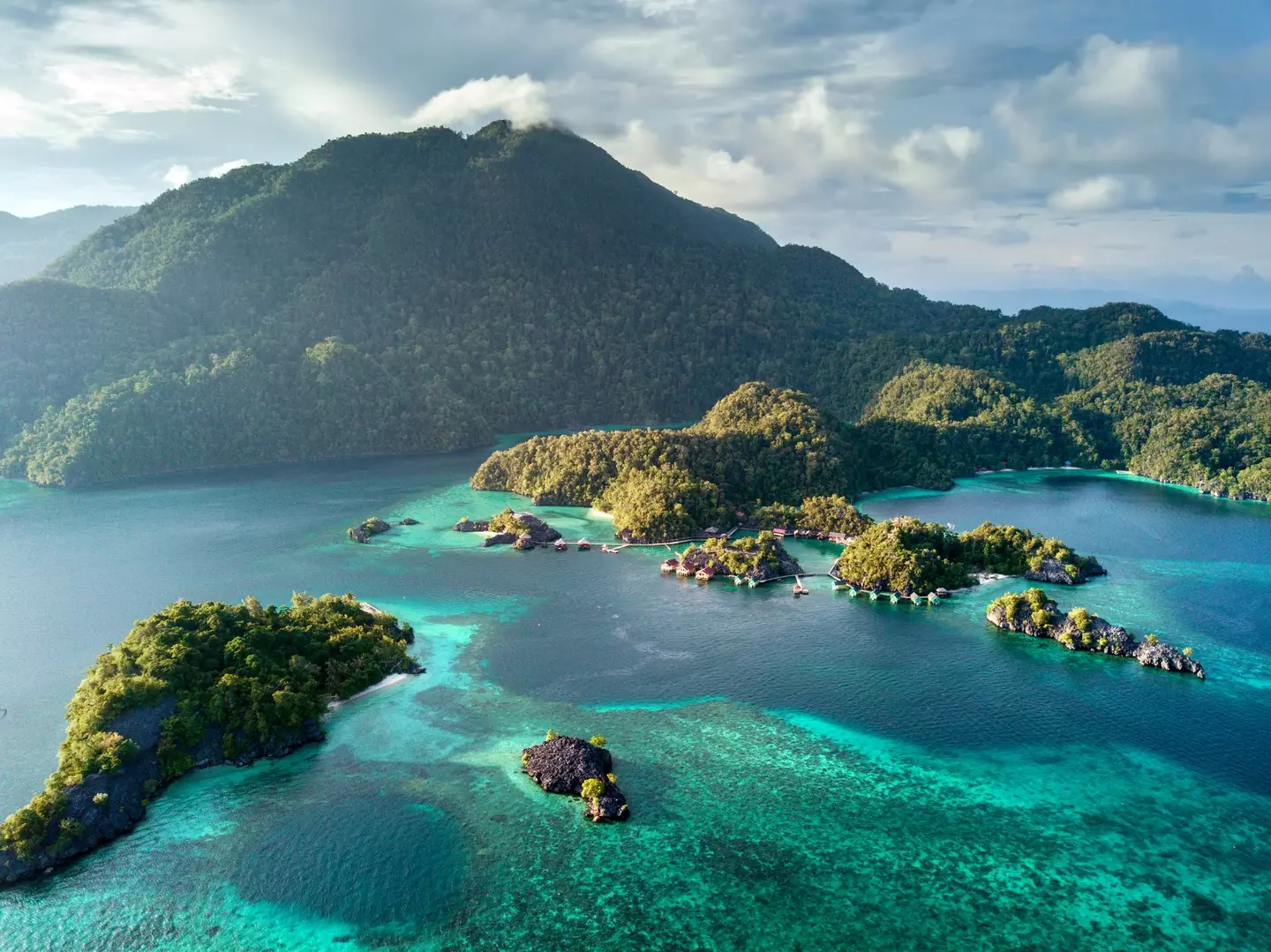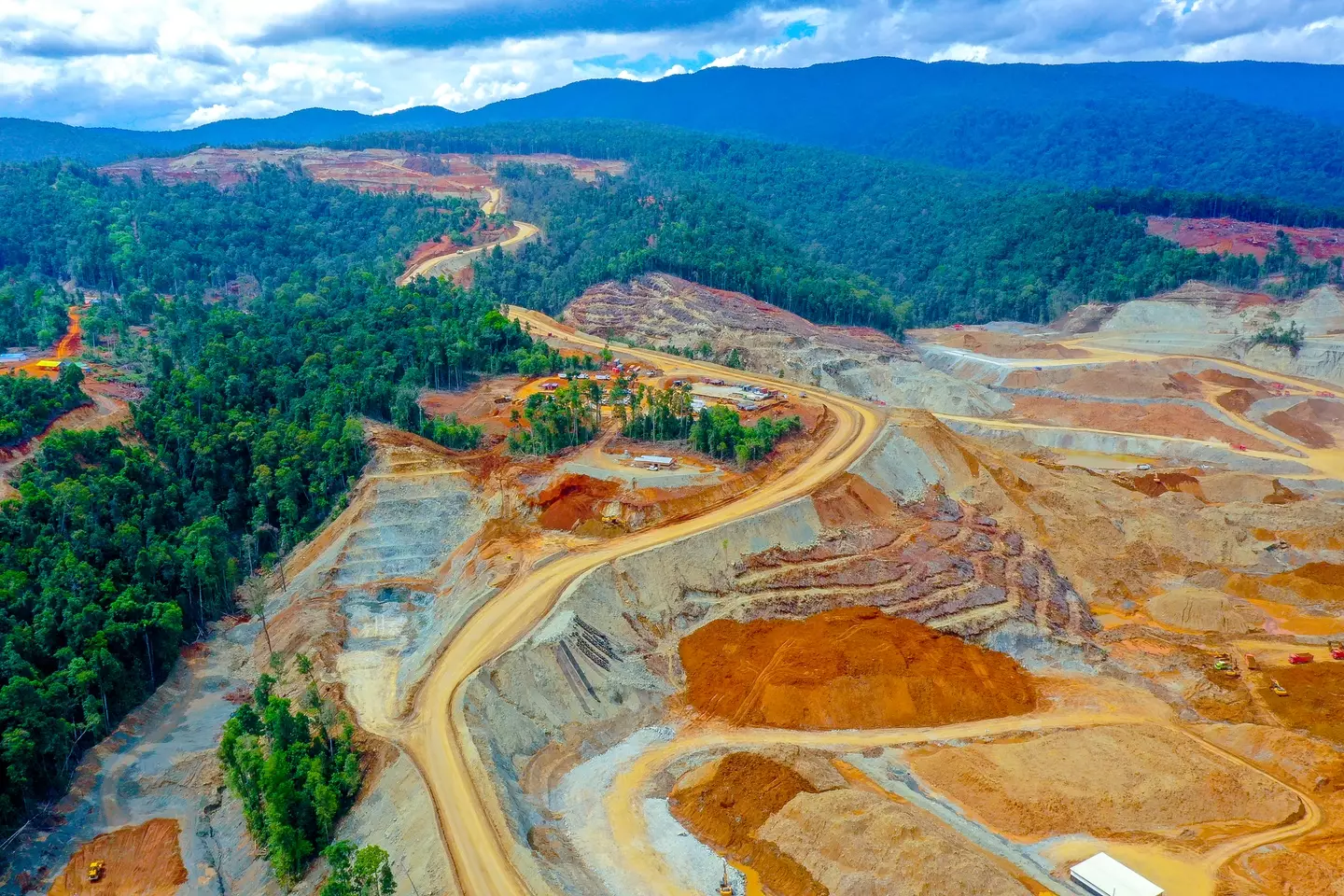Indonesia is a world-leader for exporting an important rare Earth mineral - but it has come at a deadly cost.
The country is perhaps best known for its stunning islands and natural landscapes, including beaches, volcanoes and tropical forests - I mean, who doesn't know someone who's been to Bali, right!?
Well, aside from a terrifying 'spider wall' and an 'impressive' road, Indonesia is the world's largest nickel producer, boasting the largest reverses on Earth.
And back in 2023, its total export value of nickel hit approximately $6.8 billion, according to figures from Statista.

Labengki Island in Southeast Sulawesi (Afriandi/Getty Images)
What is nickel used for?
Nickel is a vital component of lithium-ion batteries, used in electric vehicles like Teslas. And as demand for electric cars has grown, so too has demand for nickel.
Nickel alloys can help enhance the properties of the battery components by increasing their energy density, making them ideal for rechargable batteries.
Why is nickel mining a problem?
Well, most of Indonesia's nickel reveres are based in its Sulawesi and Halmahera islands, including Kabaena in Southeast Sulawesi.
Permission to mine roughly three-quarters of the island has been granted, according to Climate Changes News, but only a handful of companies are currently in operation.
And already, scientists have discovered evidence of devastating impacts mining has had on the environment.

Indonesia is the world's leading nickel producer (Nanang Sugianto/Getty Images)
What's the environmental risk from nickel mining?
Satya Bumi, a local NGO, published a January report which showed Kabaena's once-perfect waters are now polluted, 'reducing fish stocks, causing children skin infections, and threatening the livelihoods of local people,' as per Climate Changes News.
Nickel mining is now also the leading cause of deforestation within these so-called nickel mining provinces, with two-thirds of its 920,000 hectare nickel mining hotspots located under forest cover.
Elsewhere, mining is destroying the biodiverse marine life of Raja Ampat Regency - a group of tropical islands near West Papua.
Some 75 percent of the world's coral species call the islands home, sharing the ocean with some 1,600 species of fish, including some sea creatures which are critically endangered.
.jpg)
Halmahera Sea from Raja Ampat in Papua New Guinea (Streluk/Getty Images)
According to a report from environmental and conservation organization Auriga Nusantara, sediment from the mines is carried from the islands coasts and carried away by the ocean's current, which Victor Nikijuluw, a program advisor for Indonesia-based environmental organization Konservasi Indonesia, told Associated Press can 'smothers coral reefs, displaces the animals that can leave the area, and generally endangers the nature that local biodiversity and communities depend on'.
Timer Manurung, the director of Auriga Nusantara, explained (via The Independent): “As long as the nickel mining continues to operate, the sediment will destroy coral and its surrounding ocean ecosystem.
"It’s really a threat for Raja Ampat, as the archipelago is known for ocean biodiversity and richness that makes it an international tourism destination.”
What are the Indonesia government planning to do?
In November, Reuter reports that Indonesian officials at the Energy and Mineral Resources Ministry would be checking miner are following environmental rules, as well as 're-examining' production quotas on those on the breach.
Senior official, Tri Winarno, told press: "The RKAB that has been issued will be reviewed, whether they (miners) are complying with the rules."
He further said ensuring 'longevity and sustainability' of Indonesia's nickel ore is a top government policy - though he didn't further clarify on how the proposal would impact production.



)
)














 English (US) ·
English (US) ·